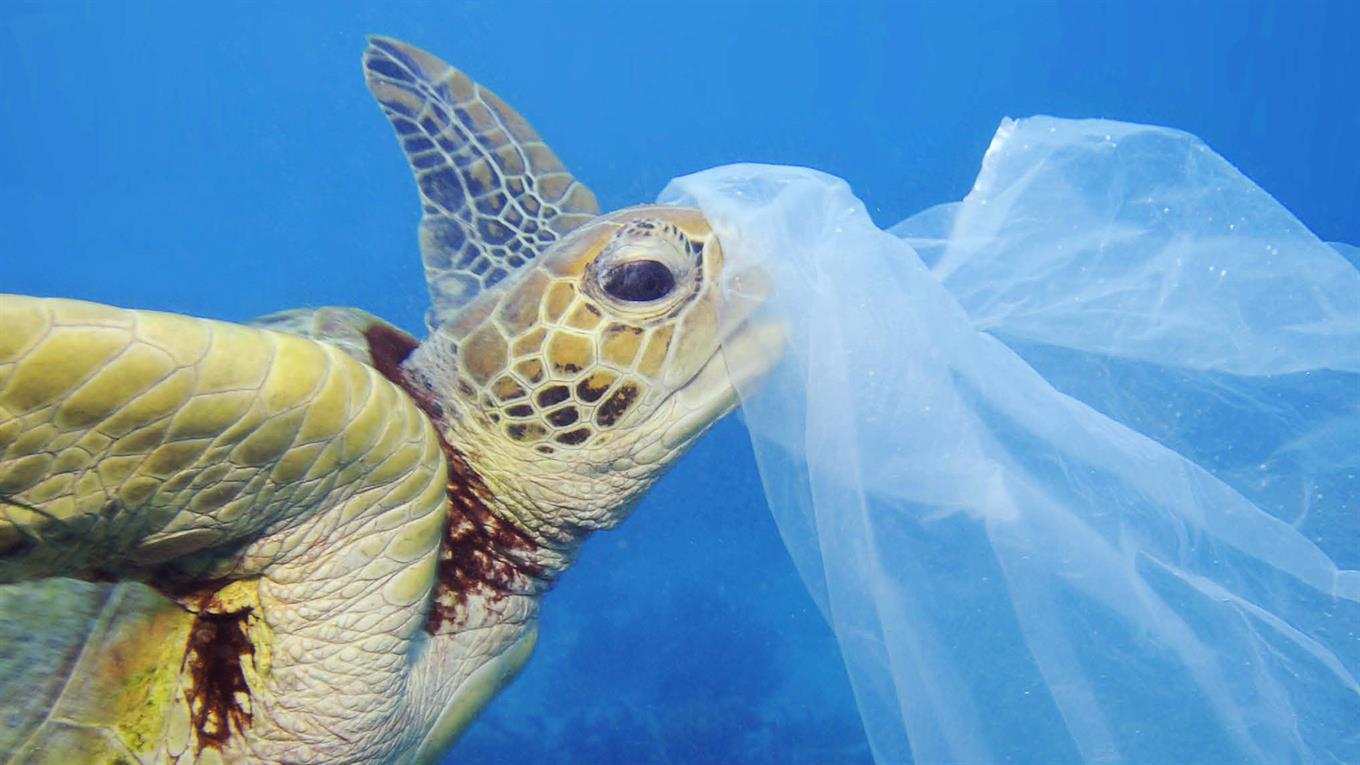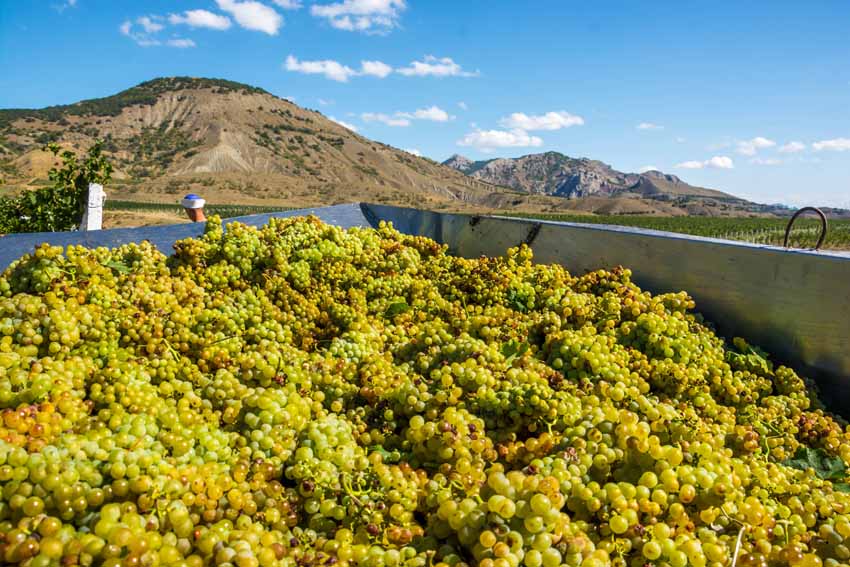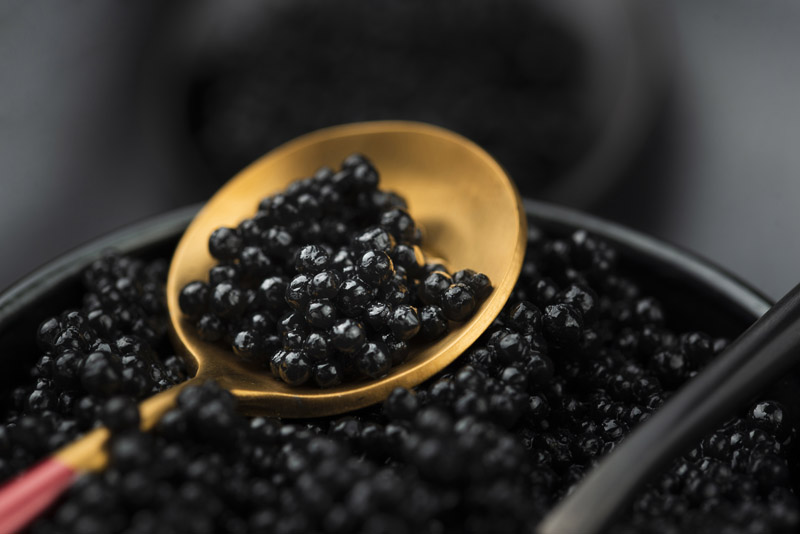4 answers to know everything about microplastics
Últimas noticias
An LGTBIQ+ perspective on the animal kingdom
Una mirada LGTBIQ+ al reino animal
Circular Economy in Action: Valorisation of By-products through Projects like PRIMA NEWFEED
IZASKUN ZORITA. Expert in Environmental Management of Seas and Coasts. AZTI
Microplastic was the term chosen by the Fundación del Español Urgente (Fundéu BBVA) as the word of 2018. Today, plastic pollution of marine ecosystems is presented to us in the form of tiny particles, often undetectable to the naked eye, but no longer just in some remote part of the seas. That’s microplastic.
Índice de contenidos
1- What are microplastics and where do they come from?
Once in the sea, due to the action of various environmental factors (solar radiation, physical agitation by waves, friction and abrasion with particles and hard substrates, the action of various organisms) plastics are broken into small fragments. This produces smaller plastics (microplastics), which are much more difficult to detect and, if necessary, to collect, and which can also be incorporated (ingested) by a wide range of marine organisms.
Microplastics are small plastics (< 5 mm). Depending on their origin they can be differentiated into:
- Primary: plastic particles that are smaller than 5 mm in origin before they reach the environment. They include microfibers for clothing, microbeads (present in some exfoliating products, toothpaste, detergents, etc.) and industrial plastic pellets (used to manufacture other types of plastics).
- Secondary: those derived from the fragmentation of larger plastics. Of these microplastics, some will be retained in treatment plants during the water purification process, but most are not eliminated, due to their small size, so they pass into drains, rivers and then into the sea.

2- What are their effects on the environment?
It is not easy to assess the effect of plastics on the environment. The biggest environmental problem with plastics is that none of them is biodegradable. The degradation time of the different plastic materials is very variable, but, in general, it is very long, usually several decades or even several centuries for products as widely used as fishing line or beverage bottles.
The effects of plastics on marine organisms depend to a large extent on the size of both. Clearly, larger plastics almost exclusively affect large organisms.
The most obvious effects are:
- Entanglement: many marine animals are susceptible to becoming entangled in plastic rings on cans, fishing nets, plastic bags, etc. This results in suffocation and death of the animals or serious injury. For example, hatchlings of marine mammals and turtles that become entangled in plastic when they are small can die from suffocation when they reach a certain size. In addition, in highly mobile species, entanglement in plastics is a hindrance to their movement, as they must expend more energy to move and are more accessible to predators. Some seabirds introduce into their nests some garbage (ropes, nets, plastics).
- Ingestion: Birds, cetaceans, fish and even plankton mistake plastics for prey and ingest them. One example is plastic bags floating on the surface that are mistaken for jellyfish. Their ingestion causes blockage of the digestive tract, which affects their metabolism, as they have a constant feeling of satiety and eat less. This causes them to have less energy for migrations, lack of nutrients, reproductive problems and even death. So far, some 330 species have been recorded with cases of marine debris ingestion, especially plastics. Nearly half of all seabird and marine mammal species have been affected by plastic ingestion. Species that do not ingest plastics directly, but do so by ingesting other organisms containing plastics, are also affected.
- Suffocation and drowning: the input of waste (mostly plastics) in various environments affects plant and animal species and communities, which see their growth reduced (weight, loss of incident light, wasting, reduced photosynthesis). The ecosystems most affected by this impact are mangroves, marsh vegetation and phanerogam meadows. In the case of corals, waste inputs cause loss of cover. Mortalities of up to 85% have been recorded due to lost or abandoned fishing gear deposited on coral communities. Filter-feeding organisms are also affected by lower filter-feeding rates.
In addition, many plastics have harmful substances attached to them, such as pollutants, which can be assimilated by animals causing metabolic and endocrine damage.
Another problem associated with plastics is that they can be vectors for the transport of exotic species, which can colonize other environments in remote areas and eventually become invasive.
3- How do microplastics enter the food chain?
Almost any organism, depending on its size and feeding system, can incorporate microplastics into its body. Subsequently, these plastics can be transferred to other organisms in marine food webs, depending on “who eats whom”.
The processes of incorporation, transfer and fate of plastics in marine organisms are complex and many of them are not sufficiently understood. It is true that, once ingested, plastics pass through the digestive system and part of them are expelled. But another part is retained and, depending on its size, may be incorporated into other organs and/or tissues. As for fish, we generally do not eat the digestive system of fish, but mainly the muscle, so it is unlikely that, when eating fish, we ingest plastics of a certain size.
In any case, there could be some other ways of incorporation (through water, sea salt, etc.), but this has not been very well studied. It should not be ruled out that part of the microplastics that can be ingested could come from the small fibers that are released from food packaging, clothing and other plastic objects that invade our daily lives.
4 – As consumers, what can we do to contribute to its decrease in the environment?
The presence of plastics in the sea is a global problem. They have been found in all the seas and coasts of the world. The cost of eliminating them from beaches and recreational areas is high. They affect various economic activities and cause the death of many marine animals, from small invertebrates to large mammals, birds and fish. They enter the marine food chain.
The only really powerful and effective way to alleviate the problem is by reducing the use of plastics.
At the individual level, each person can make small changes to reduce plastic use:
- Carry reusable bags for shopping and refuse unnecessary plastic bags.
- Use a water bottle instead of plastic bottles.
- If you buy soft drinks, juices, yogurts, etc., better in glass containers.
- Do not use straws to drink
- Buy in bulk, there are specialized stores.
- Reject products wrapped in single doses (e.g. boxes of cookies, which are each wrapped in plastic).
- Avoid using cosmetics that use microplastics. Read labels carefully. These microplastics can be replaced by organic components.
- Avoid single-use plastic products (plates, cutlery, glasses, etc.).
- Explain this problem to as many people as possible.
When there is no choice but to use plastics, try to reuse them. When it is no longer possible to continue reusing the products or when we have containers to throw away, we must deposit them in the yellow container for recycling. But we must remember that recycling more does not solve the problem, it is not synonymous with reducing pollution.
First reduce, then reuse and finally recycle.
Cleaning beaches also helps to reduce the amount of plastic that ends up in the sea.
Small gestures such as these, together with social awareness and sensitization, accompanied by appropriate legislation and actions aimed at better waste management at sea, will allow plastic levels to decrease in the environment.







